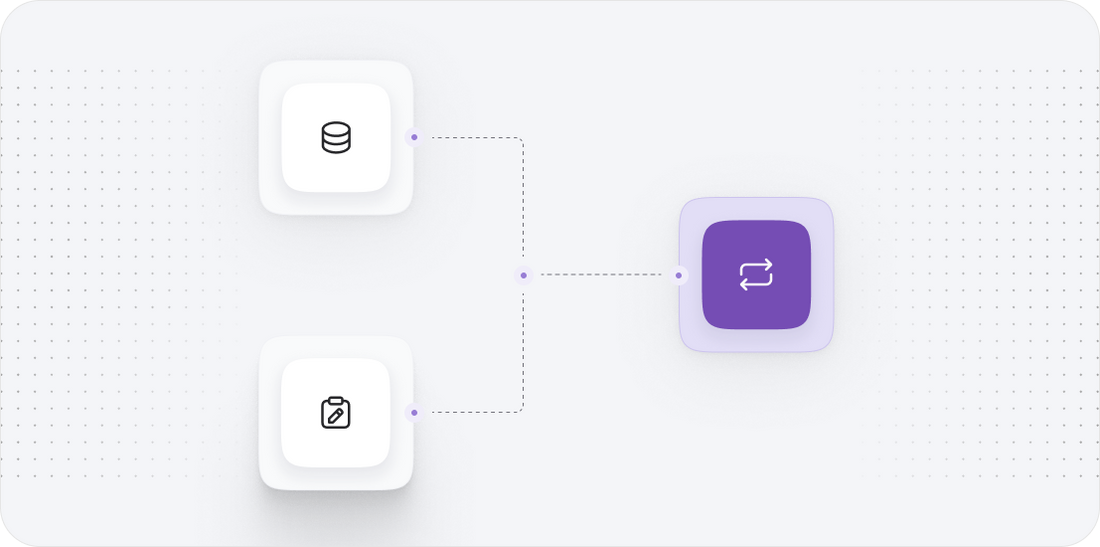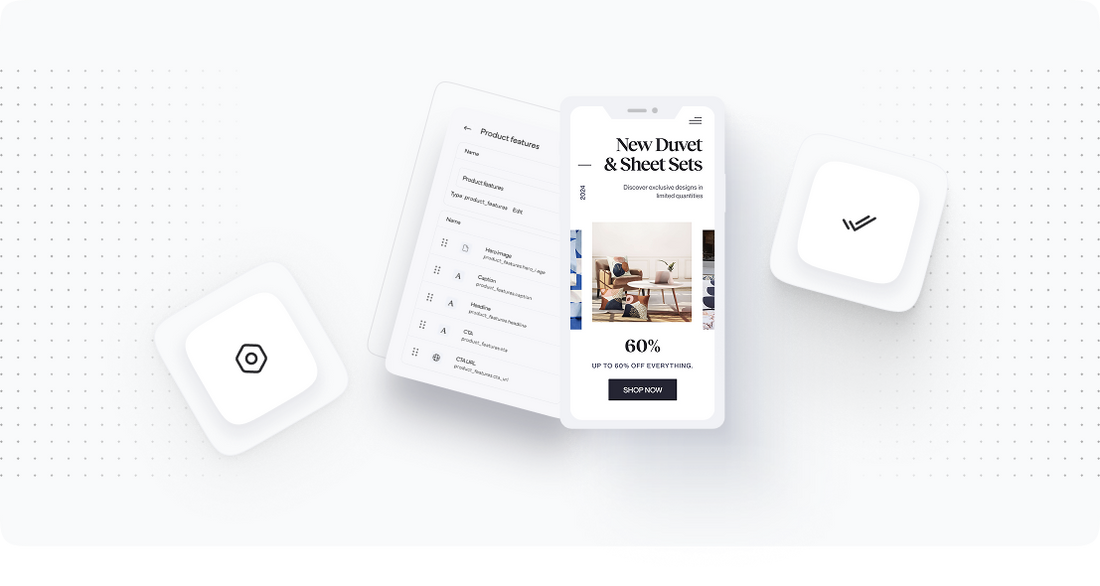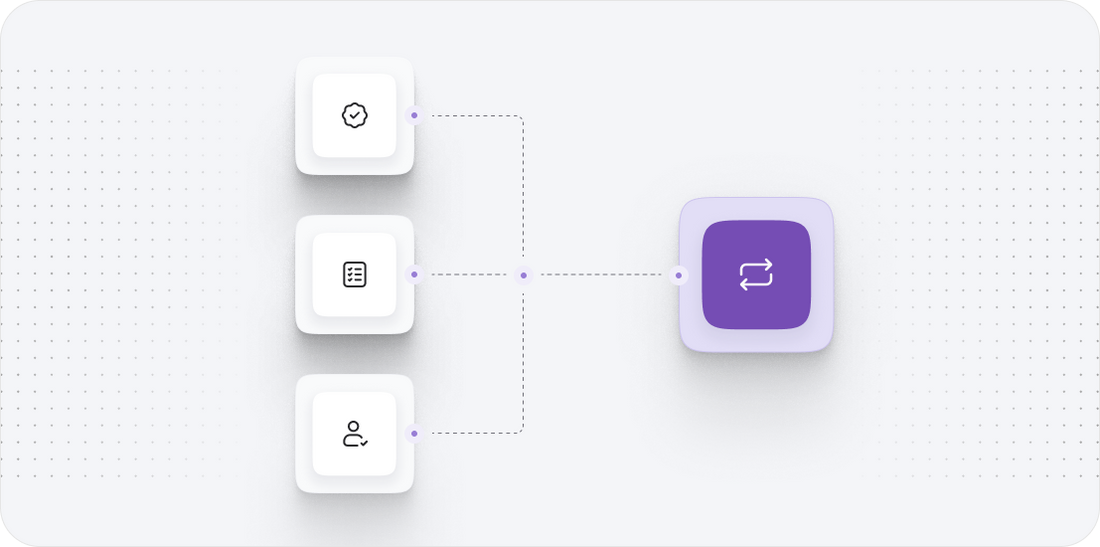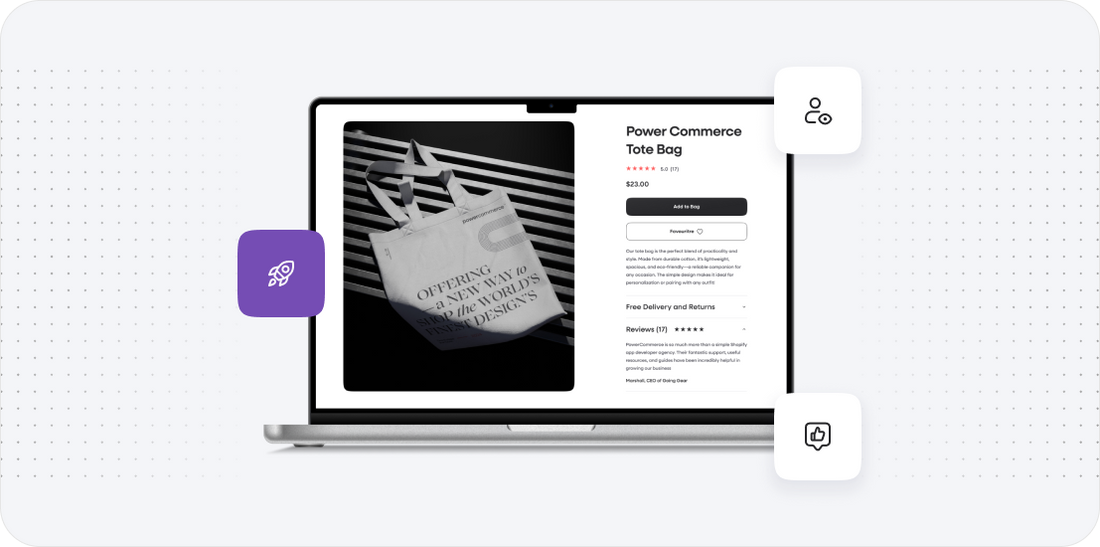





Nuvem shop to Shopify
Migrating your store from Nuvem shop to Shopify might seem daunting, but with proper planning and the right tools, it's a smooth process. Follow this step-by-step guide to ensure a successful transition.
Schedule a call
Step-by-Step Migration Guide: Nuvem Shop to Shopify migration guide
Step 1: Preparing for Migration
In this initial step, we focus on gathering all necessary information and preparing your Nuvem Shop store for a seamless migration to Shopify.
Step 2: Data Export from Nuvem Shop
In Step 2, we will focus on exporting all relevant data from your Nuvem Shop store, ensuring we capture every detail for a successful migration.
Step 3: Setting Up Your Shopify Store
In this step, we will create and configure your new Shopify store, ensuring it is ready to receive the data from your Nuvem Shop.
Step 4: Importing Data to Shopify
Step 4 involves importing the exported data from Nuvem Shop into your new Shopify store, ensuring a seamless transition of all relevant information.
Step 5: Configuring Payment and Shipping Settings
In this step, we will configure payment and shipping settings in your Shopify store to ensure a smooth checkout experience for your customers.
Step 6: Testing and Quality Assurance
In Step 6, we will conduct thorough testing and quality assurance on your new Shopify store to ensure everything functions as expected.
Step 7: Launching Your Shopify Store
In the final preparatory step, we will launch your Shopify store, making it accessible to customers and ready for business.
Power Your Step - Get in Touch
Ready to start your migration journey? Contact PowerCommerce today for expert support in your Nuvem Shop to Shopify migration.
Step 1: Preparing for Migration
Before diving into the migration process, we must ensure that we have everything in place to facilitate a smooth transition from Nuvem Shop to Shopify. This preparation phase is critical, as it sets the foundation for the success of your migration. Our first objective here is to gather all necessary data, which includes products, customer information, and order history.
To begin, we recommend creating a complete list of all data points that need to be migrated. This typically includes:
- Products: Ensure that you have a detailed list of all products, including descriptions, prices, and images.
- Customer Data: Collect customer information such as email addresses, order histories, and account details.
- Orders: Compile a record of past orders that need to be preserved for customer reference.
- SEO Data: Note down existing SEO settings, including meta titles, descriptions, and URLs.
Next, you should back up your Nuvem Shop store data. This is a crucial step to prevent data loss during the migration. You can back up your data by exporting it in CSV format or using available backup tools. We suggest verifying the integrity and completeness of the backup before proceeding.
Lastly, familiarize yourself with Shopify’s platform. Understanding how Shopify operates will help you plan the migration more effectively. Key areas to explore include:
- Shopify’s product management system
- Payment and shipping settings
- Customizations and available themes
This preparatory phase is vital as it minimizes potential issues during the migration and ensures that you are fully equipped to make the most of Shopify's features.

Step 2: Data Export from Nuvem Shop
Now that we have prepared for the migration, the next step is to export your data from Nuvem Shop. This process involves retrieving all the necessary information that we documented in Step 1.
The data export can typically be done through the Nuvem Shop admin panel. Here’s how to proceed:
- Log into Your Nuvem Shop Account: Navigate to the admin dashboard where you manage your store.
- Access the Export Feature: Look for the 'Products' section and locate the export option. You may find it under settings or tools depending on your version of Nuvem Shop.
- Select Data to Export: Choose all relevant data types for export. This includes products, customers, and orders. Ensure that you select the correct formats (CSV is preferred).
- Initiate the Export: Click on the export button. You will receive a notification once the data export is complete.
Once the export is finished, download the CSV files to your computer. It's essential to check the files for completeness and accuracy. Open each CSV file in a spreadsheet program to verify that all data has been exported correctly.
Consider using tools or services that can help automate this process, especially if you have a large number of products or orders. Ensure to keep a backup of these files in a secure location.
Lastly, if there are any specific configurations or custom data fields that need to be preserved, document those for later integration into Shopify.

Step 3: Setting Up Your Shopify Store
Now that we have exported the necessary data from Nuvem Shop, our next focus is on setting up your Shopify store. This step is crucial for ensuring that your new store is properly configured to accommodate the data we will import.
Here’s how to set up your Shopify store:
- Sign Up for Shopify: If you haven't done so already, visit the Shopify website and sign up for an account. Choose a plan that fits your business needs.
- Choose a Theme: Select a theme for your store. Shopify offers a variety of free and paid themes that you can customize to align with your brand identity.
- Configure Basic Settings: Access the settings panel and configure essential settings such as:
- Store Information: Enter your store name, address, and contact details.
- Payment Providers: Set up payment gateways to accept payments from customers.
- Shipping Settings: Define shipping zones and rates according to your business model.
- Install Necessary Apps: Explore the Shopify App Store to find apps that can enhance your store’s functionality. Consider apps for inventory management, marketing, and customer support.
It’s also wise to familiarize yourself with Shopify's dashboard and available features during this setup phase. This will not only prepare you for the data import but also help you understand how to manage your store effectively once it goes live.
Once your store setup is complete, you will be ready to proceed with the data import from your Nuvem Shop.

Step 4: Importing Data to Shopify
With your Shopify store set up and configured, we can now proceed to import the data we exported from Nuvem Shop. This step is integral to ensuring that your new store is populated with all necessary information to operate effectively.
Here’s how to import your data to Shopify:
- Access the Shopify Admin Dashboard: Log into your Shopify account and navigate to the admin dashboard.
- Use the Import Tool: Go to the 'Products' section and look for the 'Import' option. Shopify allows you to import products, customers, and orders via CSV files.
- Select the CSV File: Upload the CSV file you exported from Nuvem Shop. Ensure that the file format matches Shopify’s requirements.
- Map Your Data: During the import process, you might need to map fields from your CSV file to the corresponding fields in Shopify. This is crucial for ensuring that all data is accurately imported.
- Review and Confirm: Review the import settings and confirm the import process. Shopify will process the data and notify you once the import is complete.
After the import, it is essential to check that all data has been accurately transferred. Review products, customer information, and order history to ensure everything is in order. Look for any discrepancies or missing information.
If you encounter issues during the import, consult Shopify’s help resources or consider using third-party migration tools that can assist with more complex data scenarios.

Step 5: Configuring Payment and Shipping Settings
With your data successfully imported, it’s time to configure your payment and shipping settings in Shopify. This step is vital as it directly impacts how customers will interact with your store during the checkout process.
Follow these steps to set up your payment and shipping settings:
- Payment Settings: Navigate to the 'Settings' section of your Shopify dashboard and select 'Payments'. Here you can:
- Choose your preferred payment gateways (e.g., Shopify Payments, PayPal, Stripe).
- Set up any necessary merchant accounts or payment processor accounts.
- Configure payment options, including credit/debit card processing and alternative payment methods.
- Shipping Settings: In the same 'Settings' menu, select 'Shipping and delivery'. Here you can:
- Define shipping zones based on geographical locations.
- Set shipping rates for different zones and methods (e.g., standard, expedited).
- Integrate with fulfillment services or shipping apps if necessary.
- Test Your Checkout Process: It’s crucial to test your payment and shipping settings. Place a test order in your store to ensure that the checkout process works smoothly and that customers receive confirmation emails.
Configuring these settings is essential for providing a seamless shopping experience for your customers. Take your time to ensure everything is set up correctly before moving on to the next step.

Step 6: Testing and Quality Assurance
With the payment and shipping settings configured, our next step is to conduct thorough testing and quality assurance on your Shopify store. This process is essential to identify and resolve any potential issues before launching your store to the public.
Here’s how to approach testing:
- Product Verification: Ensure that all products are correctly displayed with accurate descriptions, images, and pricing. Check for any discrepancies in the data imported from Nuvem Shop.
- Checkout Process Testing: Conduct multiple test transactions using different payment methods. Confirm that customers can complete purchases without issues and receive confirmation emails.
- Shipping Calculations: Test shipping rates by simulating shipping to various locations. Make sure the calculated shipping costs match your settings.
- Mobile Responsiveness: Review how your store appears on different devices, including mobile phones and tablets. Ensure that the user experience is consistent across all platforms.
- SEO Settings Review: Double-check that all SEO settings from your original store have been accurately transferred and configured in Shopify.
After completing the tests, gather feedback from team members or trusted customers. Address any issues or concerns raised to ensure a smooth launch.
Document any changes or fixes made during this phase for future reference.

Step 7: Launching Your Shopify Store
After thorough testing and quality assurance, we are now ready to launch your Shopify store. This step marks the culmination of our migration process from Nuvem Shop to Shopify, and it’s an exciting moment for your business.
To ensure a successful launch, follow these steps:
- Finalize Store Settings: Review all settings one last time, including payment, shipping, and tax configurations. Make sure everything is correctly set up.
- Remove Password Protection: If your Shopify store has been password-protected during the testing phase, navigate to 'Online Store' > 'Preferences' and disable the password protection to make your store live.
- Announce the Launch: Prepare marketing materials to announce your store's launch. Consider sending out email blasts, posting on social media, and updating your website to inform existing customers about the transition.
- Monitor Store Performance: After launching, keep a close eye on your store's performance. Monitor sales, traffic, and customer feedback to quickly address any issues that may arise.
Launching your new Shopify store is a significant milestone. Ensure that your team is prepared to handle customer inquiries and support needs as sales begin to roll in. Celebrate this achievement and look forward to the opportunities that lie ahead!

Power Your Step - Get in Touch
If you’re looking to migrate your ecommerce store from Nuvem Shop to Shopify, we at PowerCommerce are here to help. Our team of experts is dedicated to ensuring a seamless transition, allowing you to focus on what matters most--growing your business.
Contact us today to leverage our expertise:
- Visit our contact form: PowerCommerce Contact Form
- Call us at: 800-099-9090
- Email us at: info@powercommerce.com
Our customer-centric approach ensures that we work closely with you throughout the migration process, addressing your unique needs and challenges. Let’s power your ecommerce journey together!
Stay aligned on what's happening in the commerce world
Trusted by 1000+ innovative companies worldwide
Schedule Your Migration Today
For businesses prioritizing simplicity, scalability, and robust support, Shopify is the clear winner.
Looking to migrate without hassle? Power Commerce can handle the entire process, ensuring smooth data transfer, store setup, and post-launch success.
Marka Marulića 2, Sarajevo, 71000 BiH
00387 60 345 5801
info@powercommerce.com


